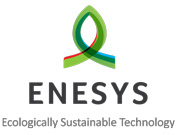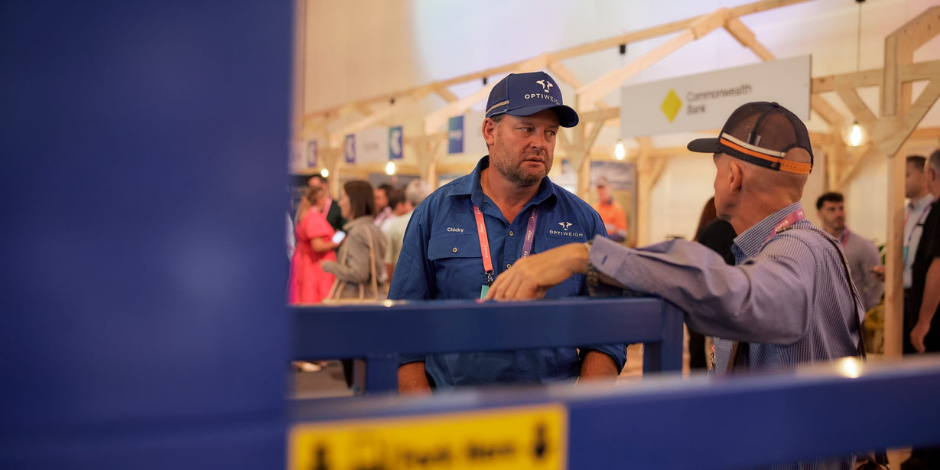
Enesys
Enesys addresses 3 major problems:
- The waste crisis.
- Creating renewable clean energy
- Reducing carbon footprint of agriculture by developing alternative energy solutions for protected and vertical growing facilities.
Waste, energy, and growing industries are not traditionally located within cities and are physically separated which prevents the conversion of their waste products to useful resources. When urban waste is cleanly converted to energy close to the source and located within a sustainable precinct there are countless benefits in terms of
- Recycling,
- Cogenerated Energy Efficiency,
- Reduced Transport Transmission and Logistics.
Urban food requires small footprints, high growing density, and compromised or no sun as an energy source. Automated vertical farms achieve this but they consume large quantities of energy and most crops are not economically viable if they are powered by energy grids. Growers need an energy solution. Enesys has created a suite of sustainable technologies, physical and software control systems, and technical models called GrowLinkTM, which enables:
- Food Waste Recycling
- Creation of Renewable Energy and
- Sustainable Food Growth in High-Density Urban Environments.
Waste to Energy to Growing ( WEG) enables, waste producers, food processors, precinct developers, and urban food growers to participate in sustainable precincts where they can:
- Recycle Waste,
- Generate Clean Energy,
- Grow Food Sustainably
WEG allows the linking of the various organic waste streams so they become a sustainable resource, not environmental and economic problems. WEG also allows co/trigeneration of energy where not only electricity is generated, heat and cooling are also produced and consumed by closely coupled industries, and communities.
Growers- Increase profit, reduce water, access clean power, heat and Co2, reduce carbon footprints, Precinct Partners-Reduce waste, access clean energy, nutrient-rich water, waste heat and participate in a truly circular economy. Enesys achieves this in a way that doesn’t disrupt core business operations, proven technologies, workplace practices, corporate, or financial relationships.



